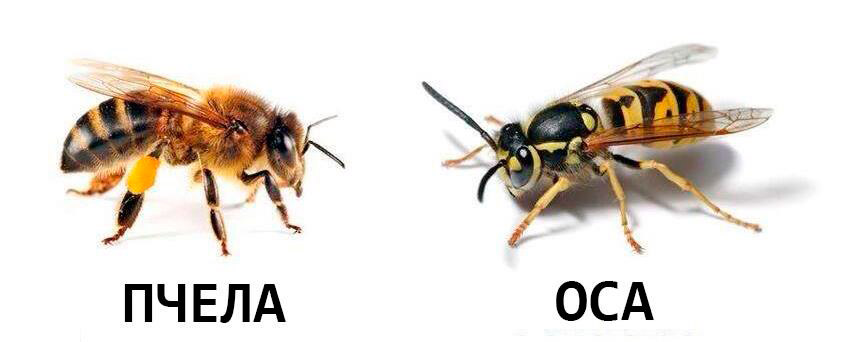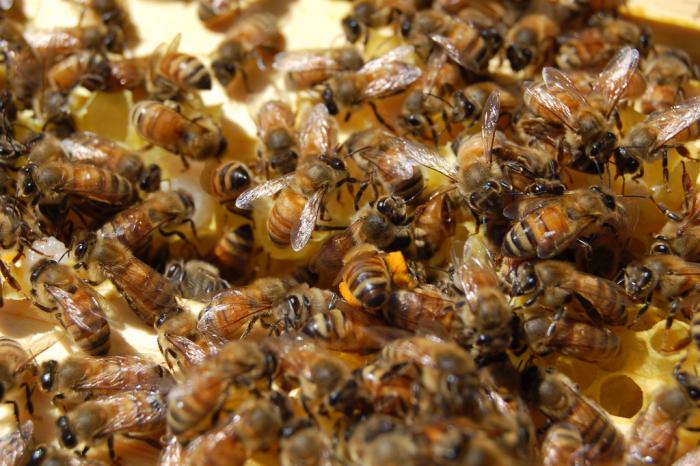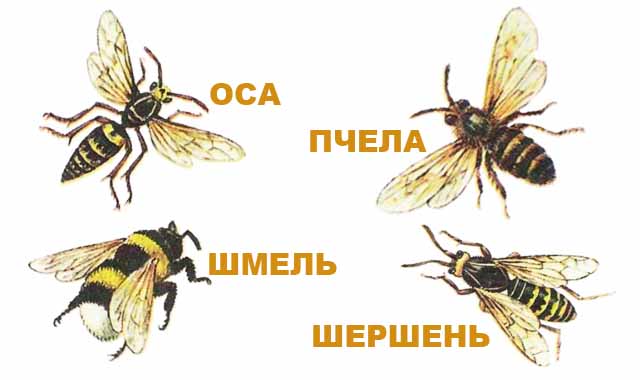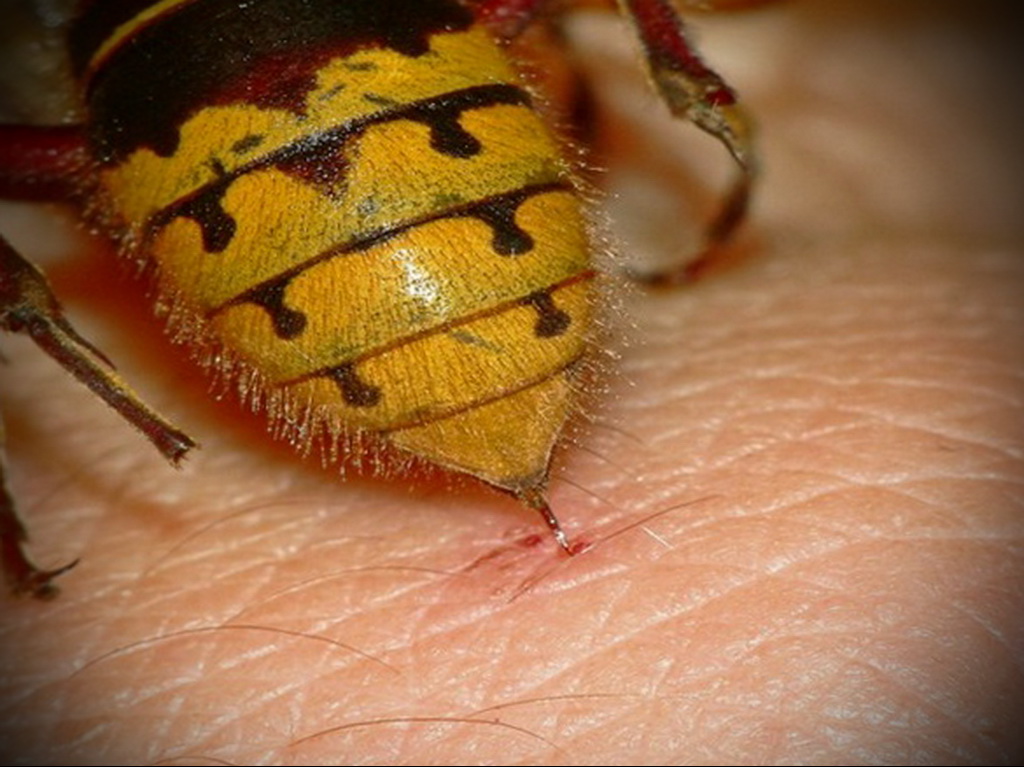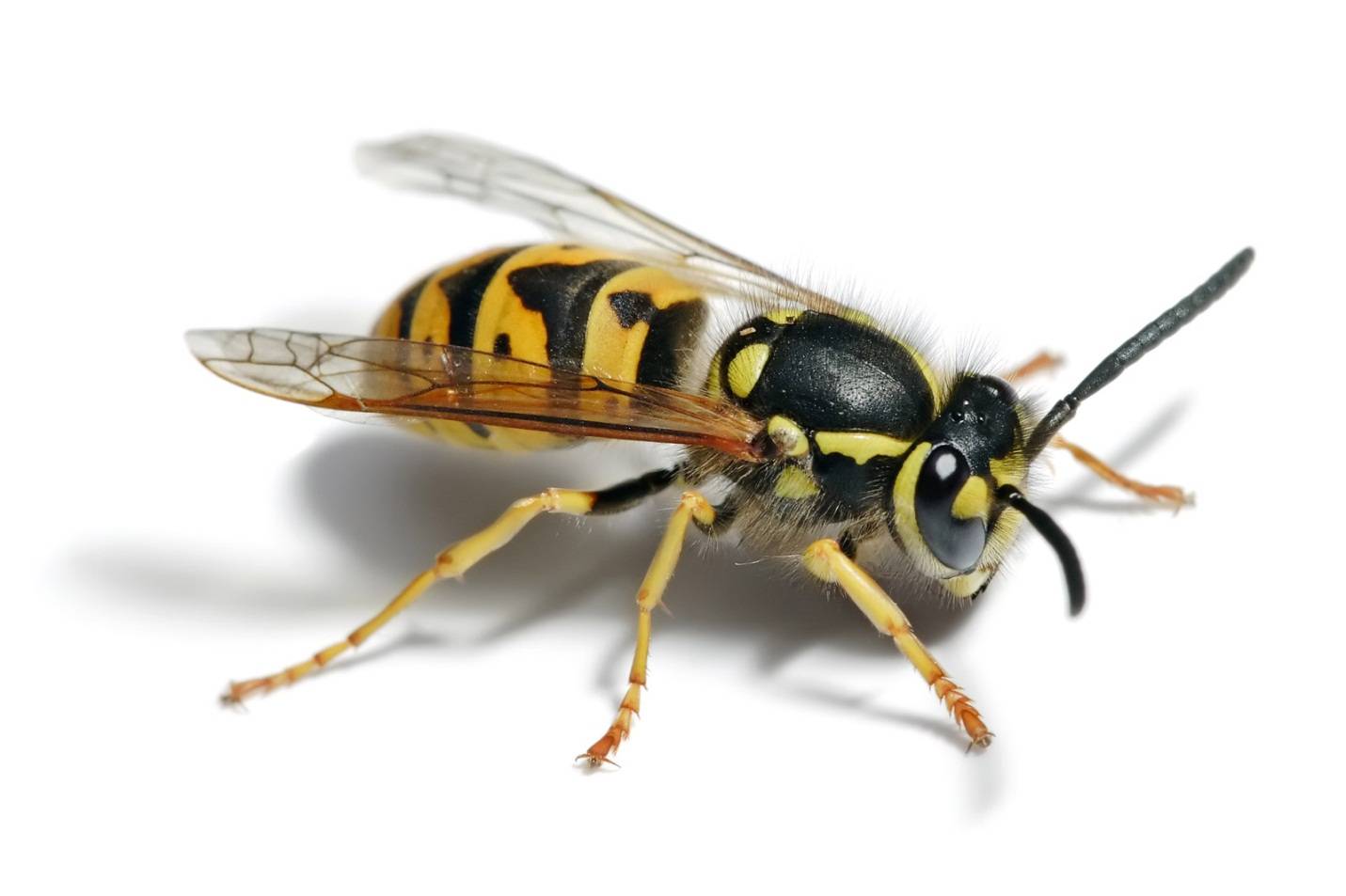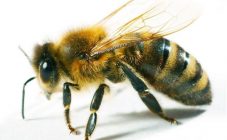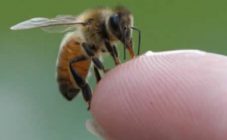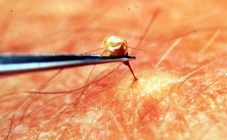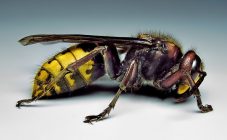Content:
Many insects can be found in garden plots during the summer. Some of them are very similar to each other. For example, a bee and a wasp look pretty much the same if you don't look closely at the details. Moreover, the benefits of bees are much greater. Therefore, when exterminating wasps, it is important not to confuse and not destroy valuable honey plants on the site.
The main differences
These insects lead completely different lifestyles. The bee is always equated with a useful and hardworking insect. Their families are bred in apiaries. Wasps are generally considered worthless. In some cases, they are equated with pests and their nests on the site are destroyed.
The first thing that distinguishes a wasp from a bee is their origin. They belong to different orders, bees - hymenoptera, wasps - do not have a separate order. They belong to the suborder stalk-bellied, adjacent between bees and ants. Therefore, wasps are similar in body shape to an ant, in color to a bee.
The bee colony is divided into 3 groups: queen bee, worker bees and drones. The center of the family is the queen, around which all other bees work. Bees have a triangular head with faceted eyes. The worker bee has 4000-5000 facets, the drone has 6000-8000, the uterus has about 5000. Simple eyes are located in the parietal zone. A kind of "third" eye is located on the median seam of the head. This structure allows you to collect and transform information in a special way.
The wasp has 2 large compound eyes located on the sides. Therefore, she simultaneously sees in different directions. Below in the front of the muzzle is the forehead with a pair of articulated whiskers. On these antennas, the olfactory organs are located, which help to navigate in space in the dark. Antennae allow the wasp to assess the parameters of humidity, temperature and gas content in the nest.
The bee's mouth has an upper and lower lip and jaw, as well as a proboscis for collecting nectar. The wasp's mouth is primarily used to chop up plant fibers, which it uses for food and for building a nest.
The productivity of a bee colony depends on the number of offspring. On average, one family collects 10-12 kg of honey per season. The loaded bee's speed is 30-340 km / h. One bee makes 26 flights per day. The average weight of an adult bee is 120 mg. Autumn bees live about 32 weeks, summer bees only 6 weeks. Bees navigate the terrain by the sun, and also remember the landscape. At night, they find their way, thanks to the organs of smell and touch.
Wasps are divided into solitary and public. Loners do not create nests. The female seeks food in the soil. These can be beetle larvae, which it paralyzes with poison. Then she lays eggs in them. If there are several larvae at once, then a honeycomb-like structure is obtained. Wasp larvae live and develop due to insects paralyzed by the uterus.
Burrowing wasps make nests in plant stems, but they are quite rare. Social wasps gather in colonies, build honeycomb houses, attaching them with a special leg to cornices, ceilings and tree branches. The colonies have 2 groups of wasps: queens that lay eggs and workers. The uterus builds one cell and lays an egg there. Then a structure of other cells is arranged around this cell. The uterus is engaged in feeding the larvae. She chews on insects and gives them to the larva. These, in turn, produce saliva, which is collected by the worker wasps. This procedure is called trofollaxis.During the growth process, the larva completely seals the cell, forming a cocoon. After maturation, an adult insect hatches from the cocoon, the cocoon is prepared for the next larva. Hatching of individuals occurs at the end of summer. Part of the brood falls into a daze, waiting out the winter, the other dies.
Lifestyle
Bees have a very developed sense of hierarchy and nepotism. Working individuals can work around the clock to provide the hive, and in search of nectar, they can travel many kilometers. They collect flower nectar, process it and provide a large number of products used in medicine and cooking. They build honeycombs from wax, which they themselves produce.
Wasps build their homes from scrap materials, various waste. Their food is devoid of sophistication, they can eat small midges, carrion of birds and animals, but they also eat fruits (including rotten ones) and nectar. Due to the fact that wasps often wander in landfills in search of food, they sometimes become carriers of infections. Predatory wasps also kill living insects, inject poison that paralyzes the victim.
Behavior
Bees are friendly insects, they don't just attack. They can only sting as protection for the home. In this case, after the attack, the bee will die, leaving its sting in the human body. Her aggression has only one goal - to save the womb, as the highest creation in their family hierarchy. In a dangerous situation, the signal of mobilization is quickly carried from one bee to the entire flock, so a swarm immediately flies against the aggressor.
The wasp often stings for no reason. She sticks to a person, circles around him, she can bite completely spontaneously, while she does not die after an attack. After the wasp has come into view, you must stop, freeze, not wave your hands. The wasp does not attack a motionless person. She does not need companions to attack.
How can you tell
Despite the fact that the appearance of these insects is almost identical, there are several features that make it possible to distinguish them:
- The color of wasps is much brighter and more contrasting than that of bees. Saturated yellow stripes give way to sharp blacks. Bees have softer and smoother color transitions. Also, some individuals have blotches of white and brown colors.
- The bees carry pollen, thereby pollinating the flowers. Therefore, their body is covered with fluff, so the pollen sticks better. Wasps have a smooth body and a glossy abdomen.
- Wasps are elongated and thinner. The bees are round and plump.
- There are always lumps of pollen on bee legs.
- A bee's nest consists of wax combs, a hornet's nest of clay and plant remains.
- You can also distinguish insects by the area in which they met. If this is an apiary or a flower meadow, then with a high probability there was a bee, if it is a city market, a dump, a park area within the city, then with a high probability it may be a wasp.
What is the difference between a bite
These insects belong to the same class - Stinging. The weapon of attack is a sting, physiologically it is a transformable ovipositor. Accordingly, only females attack. What is the difference between a bee sting and a wasp sting:
- The presence of a sting in the wound. This is the main difference - a bee sting has characteristic saw-like barbs. The pointed shape allows you to easily pierce the skin. After that, the bee makes a dash in the opposite direction, but the notches do not allow to come out. The sting comes off the bee along with a part of the abdomen, pulsates in the human body, giving off poison. The bee flies away and dies in a few minutes. The sting of a wasp is smooth and sharp, like a needle. It easily penetrates and is removed from the skin. Therefore, in one attack, the wasp can plunge a sting 5 or more times, then fly away freely.
- Instant reaction of the body.The difference is that wasp venom is more toxic. Therefore, after her bite, a local manifestation of allergy immediately occurs. In addition, due to the feeding of wasps with sewage, infection is possible. After a bee sting, an allergy can occur only with individual intolerance. As a rule, the pain goes away immediately after the stinger is removed.
- Bee venom contains an acid that can be neutralized with alkali. For example, wash the bite site with soap.
Who stings harder
Not every person can objectively assess painful sensations. Not everyone was bitten by both animals. American entomologist Justin Schmidt asked this question and decided to compare the sensations received from the bites of various insects. Over the course of several years, the scientist exposed himself to the attack of several thousand insects, after which he recorded his observations and sensations. After his experiments, he invented the scale. According to this scale, a wasp sting is like a cigarette burning the tip of the tongue. He compared a bee sting to a skin burn with an open fire. Schmidt notes that in most cases the wasp sting is more unpleasant, but the peculiarity of the bee sting is also that, due to the teeth, the sting gradually deepens into the skin more and more, prolonging the painful sensation.
Comparison of two insects
There are several points where wasps and bees agree:
- Honeycombs for both have a neat symmetrical appearance;
- The main weapon is the sting;
- There are social, semi-social and solitary individuals, although individualism is much less developed in bees.
Otherwise, these species are fundamentally different from each other.
Comparative characteristics of bees and wasps
| Bees | Wasps |
| They are of great food value, as they produce honey, wax, bee bread, royal jelly, and zabrus. In addition, bee venom and even podmore (dead insects) are used for medical purposes. | They carry infections, as they live in garbage dumps, feed on rotten foods. |
| Bee colonies pollinate 80% of all plants on the planet. Pollination directly affects the increase in yield. | They are not engaged in production, they trade in the theft of honey. |
| They sting only for self-defense purposes, allergic reactions are possible, but in individual cases. | They often place their houses in enclosed spaces (sheds, baths, houses) or on a veranda, a porch under a roof. |
| The bee feeds exclusively on plant foods: nectar, pollen and honey. | They live in families and alone, in both cases they do not support the uterus. She goes to winter alone. |
| To survive, bees need special conditions: the availability of fruit trees, pastures, fields with industrial and grain crops, for example, sunflowers or buckwheat. | They spoil the harvest of fruits and berries. Holes are made to extract juice. Then slugs are wielding these holes. |
| After the bite, intoxication and inflammation occurs. | |
| The distribution area of wasps is very extensive. They are not found only in the Arctic, Sahara and the Arabian Peninsula. |
Despite the fact that the wasp is ranked as a useless insect, its role is also important. These are natural cleaners, orderlies of fields and vegetable gardens. They destroy dead insects and animals, which is important from the point of view of maintaining the natural balance.
Who is stronger than a bee or a wasp
The most powerful insect is a species of the Asin family - the hornet. In temperate latitudes, an adult working individual has a body length of 2.5 cm, a uterus - 3.5 cm. The length of a sting in females is 3 mm. Hornet is a predator insect. It feeds on arthropods and feeds its offspring with them. Often engaged in ruining bee nests. Kills bees and robs their honey. Also feeds on fruit and berry juice.
The main danger lies not in the strength of its bite, but in its increased toxicity. The poison contains toxins, histamines, acetylcholine, substances that irritate the nervous system.Such a complex has a strong depressing effect on the body, increased pain syndrome. After the bite, the heartbeat increases, disproportionate edema, general weakness and the most unforeseen reactions of the body appear.
Fortunately, hornets are rare. They behave less aggressively than normal wasps. Most often, they settle under the roofs of residential premises and buildings. They do not attack a person unnecessarily. But the neighborhood with the hornet family is always fraught with a great threat. Therefore, when a nest is found, it is urgent to take measures to eliminate it.
In nature, everything is balanced and organized according to certain rules. For humans, a bee is certainly a more practical, useful and safe insect. But wasps also fulfill their important function of destroying waste, carrion and death. For safety, wasp hives (and even more so hornet ones) need to be destroyed, but do it with extreme caution. The optimal time for this is winter, when the insect is in hibernation. If there is a need to destroy the nest in the summer, you do not need to try to knock it down with a stick, this threatens a massive attack. In the summertime, it is best to destroy the nest at night with the help of chemicals. While the insects are sleeping, you need to spray the product inside the hive and immediately leave the room. To protect yourself from a surprise attack, you must wear a protective suit.
